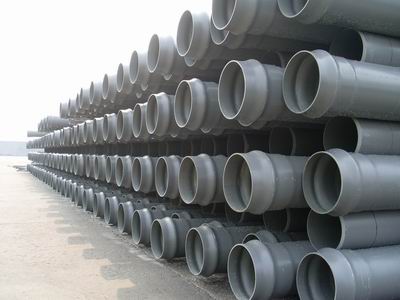

Material structure of PVC water supply pipe:
PVC water supply pipe is mainly composed of polyvinyl chloride, in addition to adding other ingredients to enhance its heat resistance, toughness, ductility and so on. It is a well-loved, popular and widely used synthetic material in the world today. Its global use is the second highest among a variety of synthetic materials. According to statistics, in just 1995 years and a year, the production of PVC water pipes in Europe is about 5 million tons, while its consumption is 5.3 million tons. In Germany, PVC production and consumption averaged 1.4 million tonnes. PVC is being produced and used worldwide at a growth rate of 4%. The growth of PVC in Southeast Asia has been particularly significant in recent years, thanks to the urgent need for infrastructure construction in Southeast Asian countries.
PVC is the most suitable material in materials that can produce three-dimensional surface membranes. PVC can be divided into soft PVC and hard PVC. Soft PVC is generally used for flooring, ceilings and leather surface, but because soft PVC contains softener (which is also the difference between soft PVC and hard PVC), easy to become brittle, not easy to save, so its use range has been limited. Hard PVC does not contain softener, so flexibility is good, easy to form, not easy to brittle, non-toxic pollution-free, long preservation time, so it has a great value for development and application. The following are referred to as PVC. The essence of PVC water supply pipe is a kind of vacuum blister film, which is used for the surface packaging of all kinds of panels, so it is also known as decorative film, adhesive film, used in building materials, packaging, medicine and many other industries. Among them, the building materials industry accounted for the largest proportion of 60%, followed by the packaging industry, there are a number of other small-scale applications of the industry.


